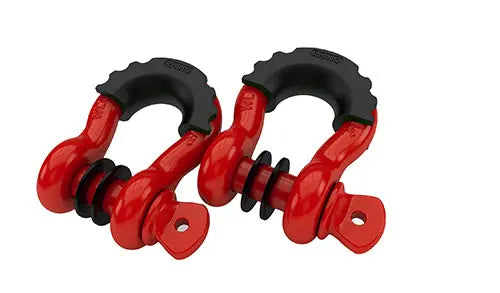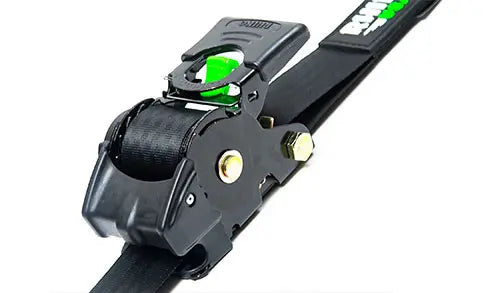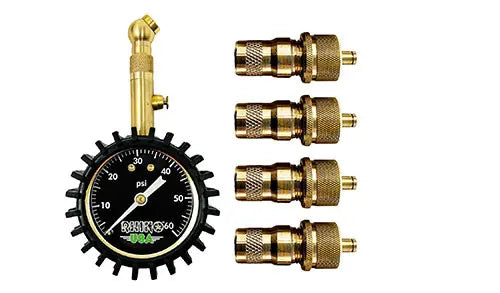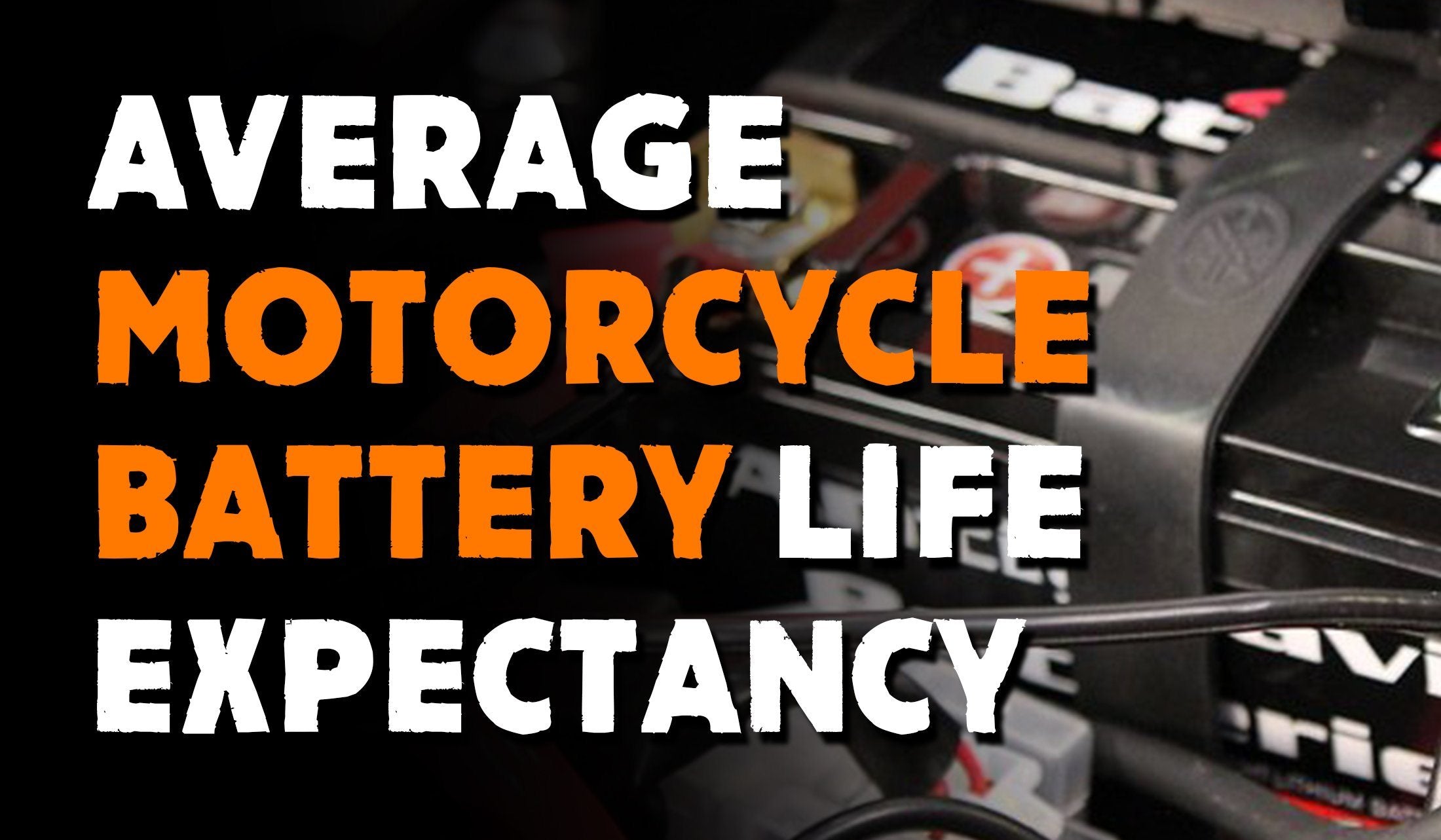You went out for a joy ride to relieve some stress from your week, and then the next time you go out to check on your motorcycle, you see it. You cringe as you realize that you left your key in the ignition and now your battery is dead.
Now you have two options, either you try your best to revive your battery, or you head out to buy a new one. As you think about your options, you try to remember when you had purchased your last battery and if you had even used it to its full lifespan.
Then the question rings through your mind, how long does the average motorcycle battery last? Well, unfortunately there is no straight answer to that question because the lifespan of a motorcycle battery depends entirely on the user. However, we are able to tell you that generally they should last anywhere between two to five years if they are properly cared for.
Well how do you properly care for a motorcycle battery? Don’t worry, we’ll give you the rundown, but it is important to first know what the different types of batteries are. There are a few different types and they are the flooded cell, gel, AGM, and dry cell.
Different Types of Motorcycle Batteries
The flooded cell batteries, also known as your conventional battery or wet cell battery, are lead-acid batteries. They tend to be the most inexpensive battery, however, they are not necessarily the best or longest lasting. They do have a few issues regarding safety due to their contents and they require a little more work and general maintenance than a newer style of battery. These batteries have their electrolyte as acid soaked lead plates, whereas the energy creation is the chemical reaction.
The gel batteries are somewhat similar to the flooded cell batteries, however, they have a different electrolyte. Their electrolyte is a gel instead of the acid used in the wet cell batteries. They do not discharge on their own very fast and tend to be a more expensive option in motorcycle batteries. These are not to be confused with AGM batteries.
AGM batteries, or absorbed glass mat batteries, are the newest type of lead-acid battery and perform much better than your typical flooded cell battery. These contain fiberglass mats, which help secure the electrolyte instead of having it run freely in your conventional battery. Not only do these do well with performance, but they are also long-lasting and significantly safer than the older versions of the lead-acid battery. Although this may sound great, AGM motorcycle batteries are currently one of the priciest options on the market.
A dry cell battery is a lithium battery, but can also include zinc-carbon and alkaline. These do not use lead or acid and have great performance, but they are weather sensitive and can be very expensive.
Now that you are aware of the different types of batteries, we can move on to how to properly care for them. Some of the absolute worst things that you can do to wreck the lifespan of your battery are: let your motorcycle sit unused for long periods of time, let the battery die repeatedly, overcharging your battery, undercharging your battery, using too many electrical accessories, and only using your motorcycle for quick rides.
How To Care For Your Motorcycle Battery
If you are not someone who uses your motorcycle too often or if you tend to take it out for short rides, it may be a good idea to manually charge your battery with a battery charger since the battery is not able to charge itself enough while you ride. If you plan on charging your battery it is important to take the proper steps to do this and to make sure that you do it correctly to ensure you are not harming your battery.
Average Motorcycle Battery Life Expectancy
Another factor to ensure your battery reaches its full lifespan is the weather. Motorcycle batteries tend to not do very well in cold weather and very often do they need to be replaced more often because of this. One way to prevent this is to move your motorcycle to a warm garage or remove the battery and store it inside while charging it as needed until the weather warms up. If your battery is too complicated to remove or you do not want to deal with potential troubleshooting with your motorcycle when you finally input the battery, we do not recommend removing it.
If you happen to have recently purchased a brand new battery, but it does not seem to work or keeps dying frequently, you may need to contact your battery provider or check your motorcycle’s electrical system. You may be able to get a replacement battery if yours was faulty.
For all of your motorcycle tie down and tire pressure needs, make sure to check out RhinoUSAinc.com. All of our products come with a lifetime guarantee and our thousands of customers use our products to transport their motorcycles every day!
 FAQ's
FAQ's
What is the typical lifespan of a motorcycle battery?
Motorcycle battery lifespan can vary, but on average, you can expect a lead-acid battery to last anywhere from 2 to 5 years. Lithium-ion batteries tend to have a longer lifespan of around 4 to 8 years. However, proper maintenance and usage habits can significantly impact battery longevity.
How can I extend the life of my motorcycle battery?
To extend your motorcycle battery's life, you should:
- Keep it properly charged during periods of inactivity.
- Store your bike in a cool, dry place.
- Avoid overloading the electrical system with aftermarket accessories.
- Use a battery maintainer during the off-season.
- Follow the manufacturer's maintenance recommendations.
What are the signs that my motorcycle battery needs replacement?
Some common signs that your motorcycle battery may need replacement include:
- Difficulty starting the bike, especially in cold weather.
- Dimming headlights or loss of electrical power while riding.
- Clicking or a slow cranking sound when trying to start the engine.
- Visible damage, leakage, or swelling of the battery.
- If your battery is over 3-5 years old, it's a good idea to consider replacement even if it hasn't shown obvious signs of failure to prevent unexpected breakdowns.


















